No Fixed Abode: The Trackhawk Tax

One of my favorite writers once ruefully noted that “in the end, whether you are loved or not is determined by the shape of your skull.” To which I would add: and the way you know you are loved is whether or not somebody will take out their wallet for you.
Being a wife usually pays better than being a mistress, which pays better than being a girlfriend, which pays better than being a Tinder date. Not that money is precisely equal to love — but in most cases cash speaks louder than poetry.
For that reason, it’s fascinating to use pricing as a window into human desire. With most consumer goods, of course, there are two prices. There’s the MSRP, which is fantasy, and there’s the “street price,” or actual transaction price, which is reality. The sticker price of a new Impala or Taurus or Sonata is considerably above the price that the vast majority of people are willing to pay, but on a 458 Speciale it’s a screaming bargain. These are exceptions that prove a surprising but durable rule: most of the time, automakers price their cars remarkably close to market reality. We take this for granted when in reality it’s proof of just how much intelligence and effort goes into product planning. Consider the fact that Rolex is widely acknowledged as having the lowest discount rate of any major watch brand, yet it’s usually possible to get between 10 and 20 percent off sticker at most dealers. That same amount of pricing flexibility gets Bloomberg in a tizzy when it’s applied to mass-market cars.
Assuming, therefore, that we can usually rely on manufacturer pricing as a rough yardstick for consumer desire, it’s absolutely fascinating to see how Fiat Chrysler Automobiles positions its most powerful sedans and SUVs. It is also very depressing for anybody who believes in an automotive future that contains anything but jacked-up Me-Too-Iguana-Boxes.
Although I know in my heart that it’s because the automatic-transmission-only, considerably more spacious Charger is simply more popular with the drywall contractors and restaurant franchise owners that seem to make up the majority of the Hellcat owner base, what I want to believe is that it represents a shout-out to those vintage days of full-sized American sedans when the price structure went:
* two-door sedan (cheapest)
In truth, the last gasp of that strategy ended when General Motors’ B-body coupes disappeared in 1983. Ever since then, getting a couple extra doors has generally cost more. Happily, the Challenger adheres to the old rule, and if the relative lack of updates to the car compared to the Charger’s two substantial facelifts has anything to do with this situation, I don’t want to think about it.
With the old SRT8 cars, the pricing went: Challenger -> small gap -> Charger -> small gap -> Magnum -> small gap -> 300C -> large gap -> Grand Cherokee. This was significant because it suggested a mid-sized SUV was more prestigious, and therefore deserving of a higher price, than a close-to-full-sized luxury car. What’s amazing is just how large the gap is. In 2013, going from a Charger SRT8 to a 300C SRT8 cost you $5,000. I drove both of those cars at their media intro and I can tell you that then, as now, the price difference between a Charger and a 300 is absolutely worth spending just for the massive improvement in the touch points and seats. The gap between the 300C SRT8 and the Grand Cherokee? 12 grand.
Viewed in that light, the new Grand Cherokee Trackhawk is fairly priced. It is $85,900, just 18 grand over the Charger. That’s basically the gap between the Charger SRT8 and Grand Cherokee SRT8 back when both of those cars were the top dogs in their respective lineups. Here’s where it gets weird, though: The price gap between the similarly-equipped Charger SXT and Grand Cherokee Laredo is… wait for it… $400. Four. Hundred. Bucks. If you add 4WD, which of course the Trackhawk has as standard, the gap widens to $2,700.
Honestly, given the massive gulf in capability and quality between a Charger SXT and a JGC Laredo, you’d be silly to buy anything but the Jeep. That’s reflected in private-party sales numbers. But if FCA can wave its magic wand and turn a Charger into a Grand Cherokee for a few thousand dollars at the low end, why does that swell to 18 stacks up at the summit? Your guess is as good as mine, but here’s my guess just for the hell of it. I bet that the vast majority of Charger SXTs go to rental fleets for a transaction price that is much closer to $20K than $30K, while the vast majority of Laredos are sold to customers near sticker. So the true price gap is closer to 10 grand than two.
Furthermore, there is the unpleasant but undeniable fact that wealthier American families will pay more for SUVs than they will for any other form factor. As loyal TTACers know, your humble author just availed himself of a Silverado 1500 LTZ 6.2 Crew Cab Long Bed with a sticker price of $59K. Any guesses as to how much the equivalent Suburban Premier costs? Adjusted for equipment, it’s $72,500 — and that is without the 6.2-liter. If you could get the 6.2 in that truck, which you cannot, it would be $76K, for a total of $17,000 in “Suburban tax.” Does that number seem suspiciously similar to the “Trackhawk Tax” you pay when you swap out a Charger Hellcat for a Jeep Hellcat? Like I said, the product planners are very smart people most of the time.
You can smile at this as either a triumph of good old-fashioned American marketing, or you can worry about what will happen when the cheap fuel runs out and what Father John Misty calls the “permanent party” comes to a halt.
If our domestic and quasi-domestic automakers are having trouble keeping the lights on with a $17,000 markup on their most popular high-end SUVs, what’s going to happen when the market for those vehicles disappears? Can FCA survive on Renegades alone? Or is the Trackhawk Tax less a reflection of how much America loves the SUV and more a symptom of how much American automakers desperately need it to exist?
[Image: Fiat Chrysler Automobiles]

More by Jack Baruth
Latest Car Reviews
Read moreLatest Product Reviews
Read moreRecent Comments
- Lorenzo They won't be sold just in Beverly Hills - there's a Nieman-Marcus in nearly every big city. When they're finally junked, the transfer case will be first to be salvaged, since it'll be unused.
- Ltcmgm78 Just what we need to do: add more EVs that require a charging station! We own a Volt. We charge at home. We bought the Volt off-lease. We're retired and can do all our daily errands without burning any gasoline. For us this works, but we no longer have a work commute.
- Michael S6 Given the choice between the Hornet R/T and the Alfa, I'd pick an Uber.
- Michael S6 Nissan seems to be doing well at the low end of the market with their small cars and cuv. Competitiveness evaporates as you move up to larger size cars and suvs.
- Cprescott As long as they infest their products with CVT's, there is no reason to buy their products. Nissan's execution of CVT's is lackluster on a good day - not dependable and bad in experience of use. The brand has become like Mitsubishi - will sell to anyone with a pulse to get financed.

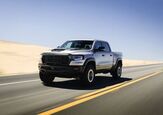

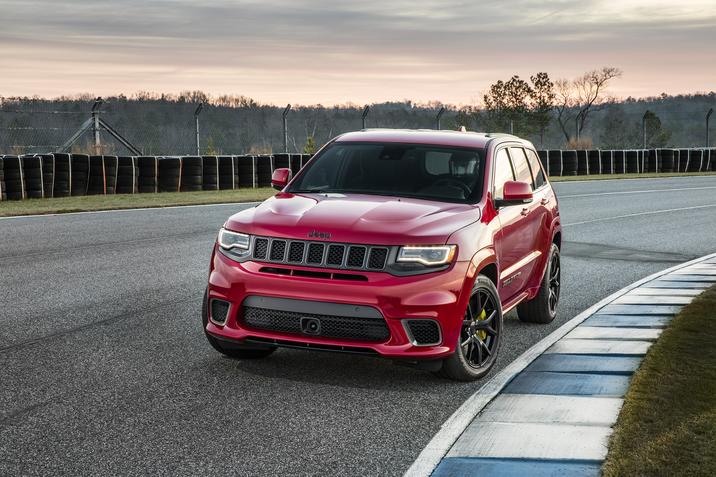













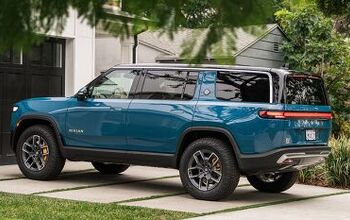

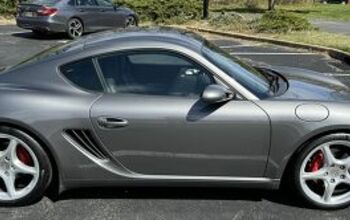

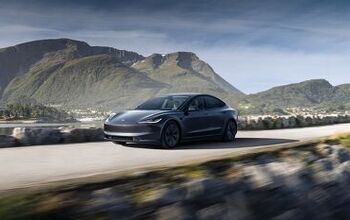

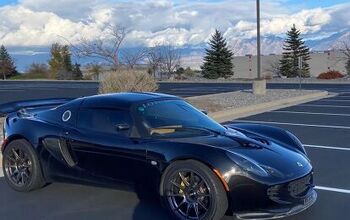


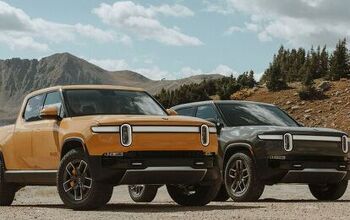

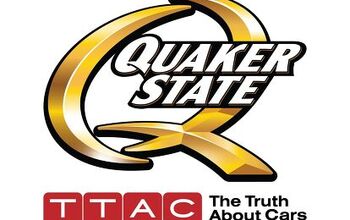


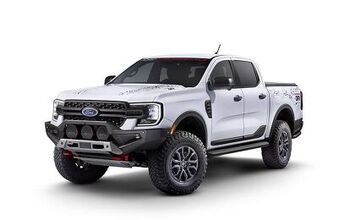

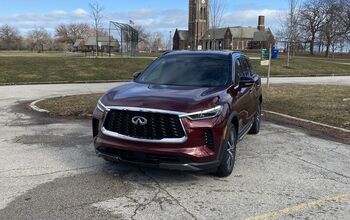
Comments
Join the conversation
Why did Infiniti make the Q70 5.6 cost as much as the QX80?
Some of the SUV "tax" is driven by consumer preferences for jacked up station wagons, but some is also driven by CAFE. So if you really want/need your unaerodynamic, heavy, fuel swilling SUV, you will need to pay a jacked up price relative to the aerodynamic, lighter, and more fuel efficient sedan equivalent in order to make the CAFE penalties worthwhile to absorb. As for the future of GM, Ford, and FCA, if pickups and SUVs ever lose their popularity for any reason, they will be bankrupt within months since they earn 90+% of their profits from those types of vehicles. Nobody makes significant profits from small fuel efficient cars, except for some niche players like Mini, so for a variety of reasons all the major automakers better hope that oil prices stay low and bureaucrats (who don't understand economics) don't ban the entire industry's main source of profits.